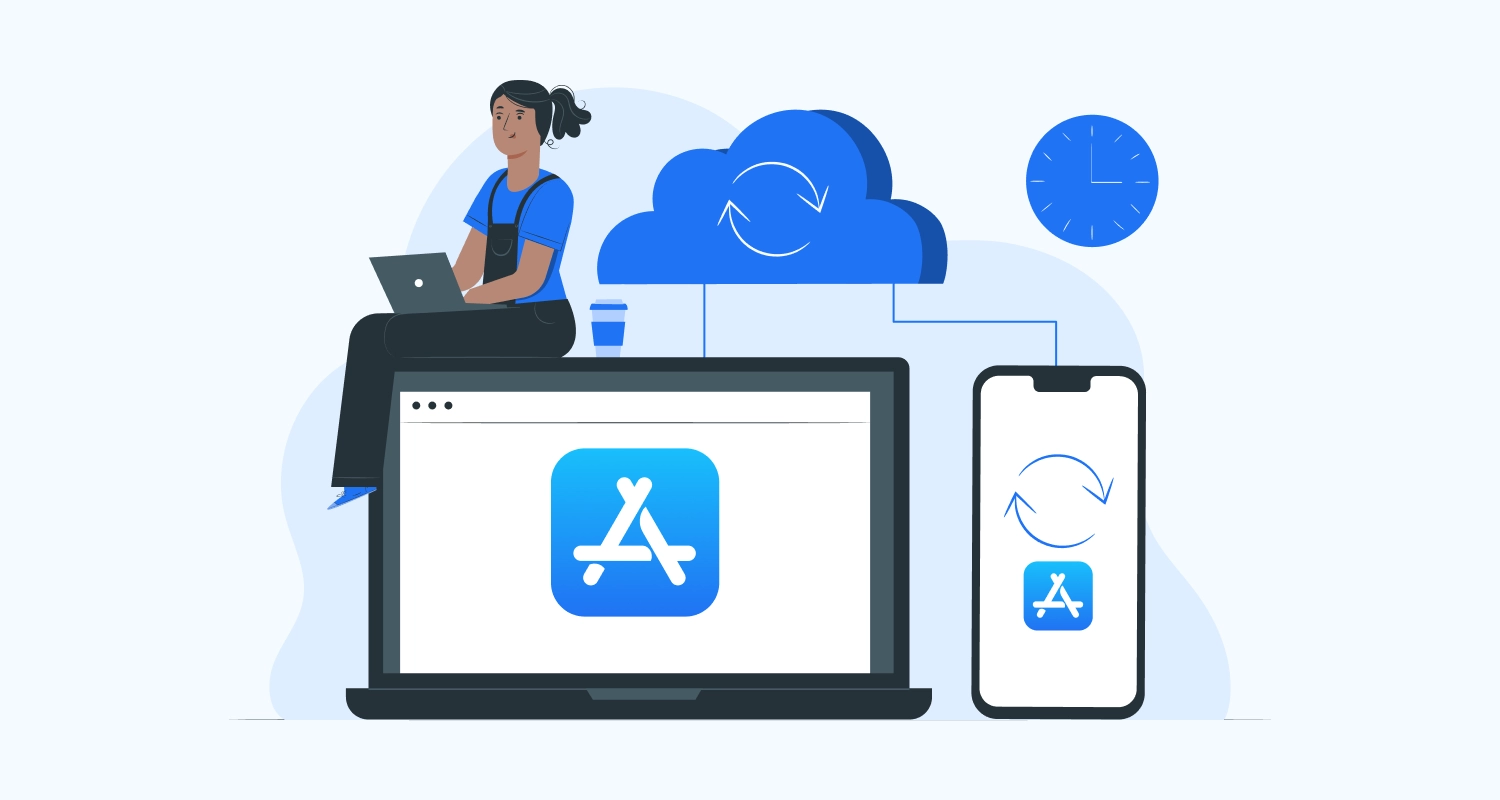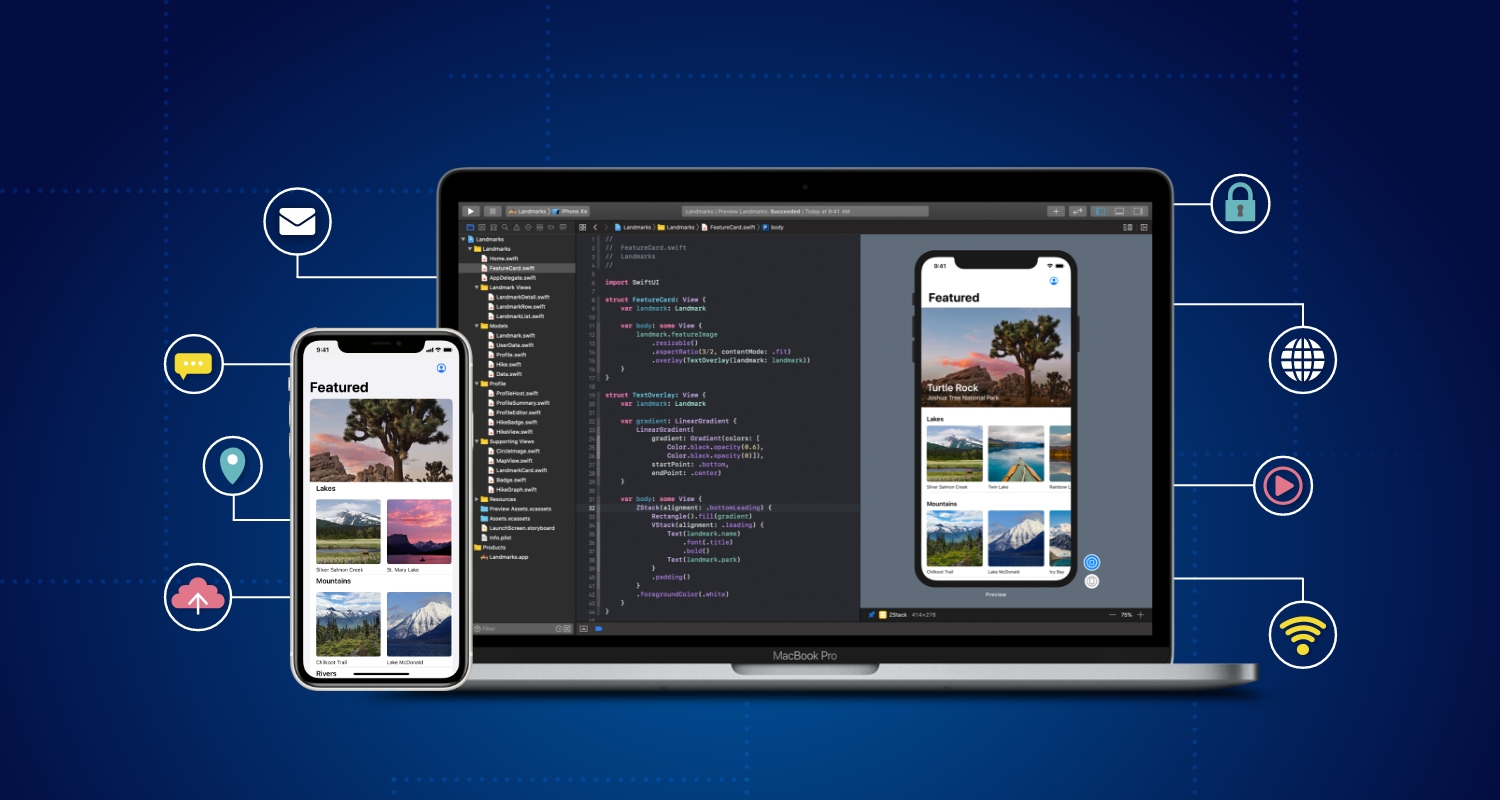The Swift 5.1 has just been launched with some crucial value additions with the other stable language features and attributes. The new version basically allowed extending the original Swift features to make them more stable, developer-friendly and optimized for consistent output. Swift 5.1 as the latest version of the language also helps in extending the capabilities and features of the Swift programming language to a great extent. Some of the key value-added features of Swift 5.1 include key path member lookup, drifting for appropriate collection types, property wrappers, opaque result types, and new string APIs. Most importantly, Swift 5.1 is able to do away with the boilerplate code to a great extent while optimizing the app performance with lean coding.
For an iPhone app development company, the importance and significance of the new Swift update is enormous, especially if the new update comes with crucial changes and value additions that earlier versions lacked. In this respect, the launch of Swift 5.1 is an important event for the iOS development community. Here through the length of this post, we are going to explain the key value-added features of Swift 5.1.
Module Stability
When it comes to the modular use of the language, Swift 5.1 offers great stability for this. With the new version you can create an array of binary frameworks and when these frameworks are shared with others it offers a lot of additional support to ensure modular stability. The API of the binary framework built using Swift 5.1 can be compiled with various compiler versions. The release of the new update comes also with the capability to support the evolving changes of the library.
Value Additions with Library Updates
With the new Swift 5.1 the library of the language has also been updated with a host of brand new features. The standard Swift 5.1 library offers the following new features.
- Full support for handling diffs on collections of appropriate types.
- Before the storage for an array is allocated, flexible access to the array.
- Separate and dedicated APIs to help developers working with Strings.
- A whole array of additional enhancements with SIMD types. The enhancements include the capability for extending vectors, support for reductions, and support for vector swizzles.
- A specific and recognizable protocol to support all entities with their unique identifiers.
Synthesized Default Values in Memberwise Initializers
This is another key value addition with the Swift 5.1. The developers using Swift 5 needed to set default values for properties remaining unassigned. This also required using a custom init method for the sake of assigning the values with properties on the basis of the parameters.
In Swift 5.1 the entire process becomes fully automatic and effortless. This method implementation is no longer required as you only need to assign custom values to properties and everything just works on its own.
Opaque Return Types
This is another value-Added feature for iOS developers that will make inheritance better besides helping to subclass using just a simple mechanism for type handling. It is quite well known that Swift developers have the habit of using generic codes when typing dynamic code lines. But this can be very challenging as this may require going through a lot of comprehension difficulties. Moreover, it can also make understanding more challenging by putting the load of coding overhead.
To address these difficulties Swift 5.1 allows developers using opaque return types that inform the compiler about the returning of generic class implementation by the method. This will decrease the comprehension challenges as faced with the genetic classes.
Implicit Returns From Single-Expression Functions
With respect to the use of return keyword also Swift 5.1 offers some impressive changes. Swift 5 mainly followed JavaScript behavior with the use of arrow functions and omission of return keywords with the implementations like map(), reduce(), and similar ones.
In Swift 5, developers have further ease in assigning a value to a variable by using functions like map() or reduce() on the right-hand side of the assignment. This doesn’t require using the return keyword.
Ordered Collection Diffing
With Swift 5.1, there is another impressive value addition and it is about recognizing the differences between ordered collections with simple methods. Just because developers often use data sources pertaining to the UITableViews and UICollectionViews objects, they need to use collections and arrays more often.
The new feature will help them handle the differences between different targeted collections with more precision besides being able to evaluate them. The new difference(from:) method targeting collections separately can make things easier for the developers.
A Lot More to Come with Swift 5.1
Swift 5.1 development isn’t finished yet and it is still undergoing development. Though Swift 5.1 has been released as the ready to use language version, some more changes are likely to appear from other projects. Though shipping dates have not been announced yet, they emphasized the shorter development cycle for the new version and so more value additions can be expected in the due course of time.
Some changes incorporated from the Swift 5 to the 5.1 version have already been subjected to bug fixing. Two changes such as “Warnings for ambiguous none cases” and “Matching optional enums against non-optional” were detected with bugs and they were fixed quickly by the Swift team.
Conclusion
Swift 5.1 has obviously not taken the iOS development world by storm since it has only come with the gradual changes and value additions that programming languages often come with. But Swift 5.1 Update has particularly been effective and efficient to address the shortcomings of Swift 5. In many ways the new update actually brought changes that promised unmatched ease, flexibility and simplicity compared to all previous Swift versions.







